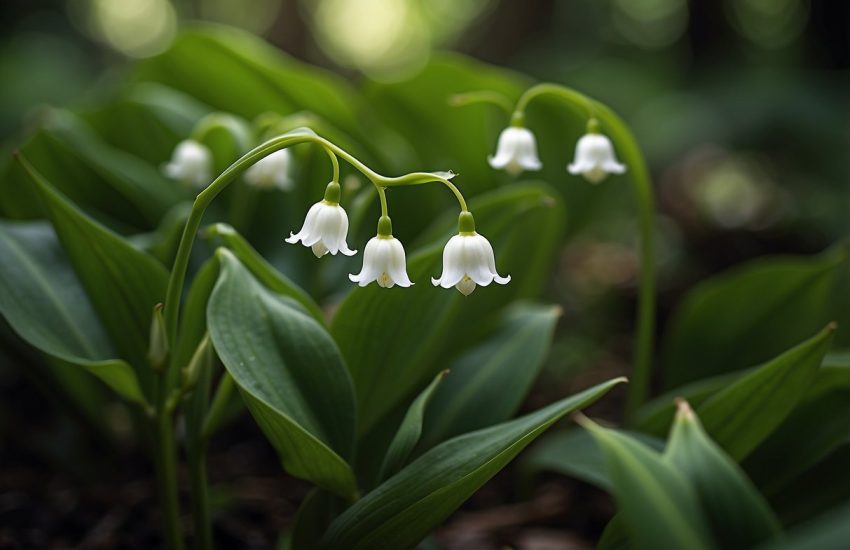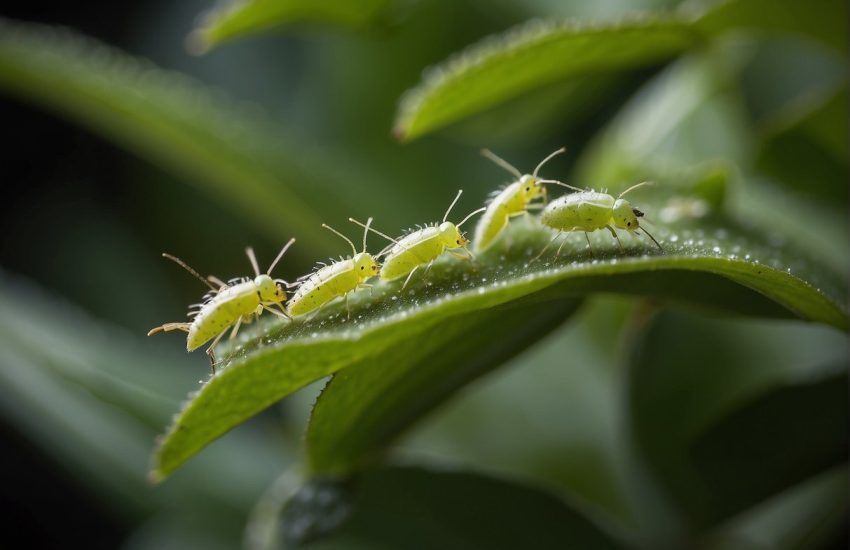Benefits of Planting Native Lettuce for Sustainable Gardening and Ecosystem Health
Planting native lettuce brings a bunch of benefits for both gardeners and the environment. These varieties handle local climate and soil pretty well, so you don’t have to fuss over them too much.
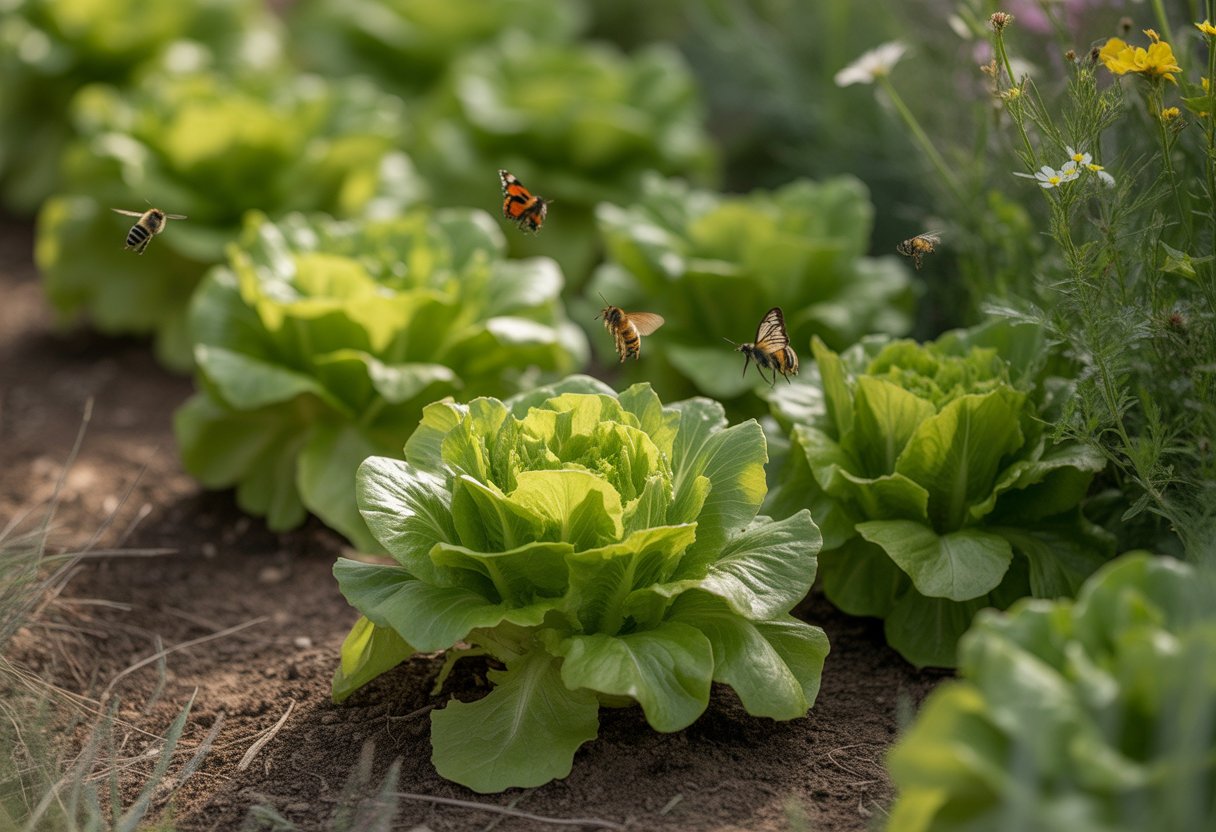
They need less water and fewer pesticides, which saves resources and keeps chemical use down. Plus, native lettuce gives local pollinators and wildlife some much-needed food and shelter, so you’re helping out biodiversity just by growing it.
A lot of gardeners say native lettuce tastes different—sometimes better—than the usual store stuff. There’s something about those flavors and nutrients that you just don’t get from commercial varieties.
Ecological Advantages of Planting Native Lettuce
When you plant native lettuce, you’re actually helping the local ecosystem balance itself out. These plants boost animal populations, support insects, and make the soil healthier.
Enhancing Biodiversity
Native lettuces like Lactuca serriola and Lactuca virosa give essential habitats and food to a range of local wildlife. Wild and prickly lettuces attract native pollinators and seed dispersers, unlike the typical Lactuca sativa.
That cross-species interaction keeps populations diverse. With more types of Lactuca around, the whole plant community gets tougher against pests, diseases, and weird weather.
In fragmented habitats, native lettuce can connect isolated patches of plants, which is honestly pretty cool.
Supporting Beneficial Insects
Native lettuce brings in beneficial insects like predatory beetles, parasitoid wasps, and pollinators such as bees. These insects help keep pest numbers down naturally and pollinate other plants.
Wild lettuce often flowers at different times than cultivated types, so insects have food even when other flowers are scarce. Many of these insects rely on the unique chemistry and structure of native Lactuca leaves and flowers.
Cultivated lettuce (Lactuca sativa) just doesn’t have the same effect, probably because of selective breeding. By supporting these insects, you end up using fewer chemical pesticides.
Improving Soil Health
Native lettuce roots dig deep and spread out, breaking up hard soil and letting air and water move through more easily. This helps soil microorganisms thrive.
These plants drop leaf litter that breaks down quickly, adding to the soil’s organic matter and fertility. Native lettuces fit right into local soil types and help keep things balanced.
Mixing wild Lactuca into your planting reduces erosion and stops nutrients from washing away. It’s a win for the soil, really.
Optimizing Home Gardening with Native Lettuce
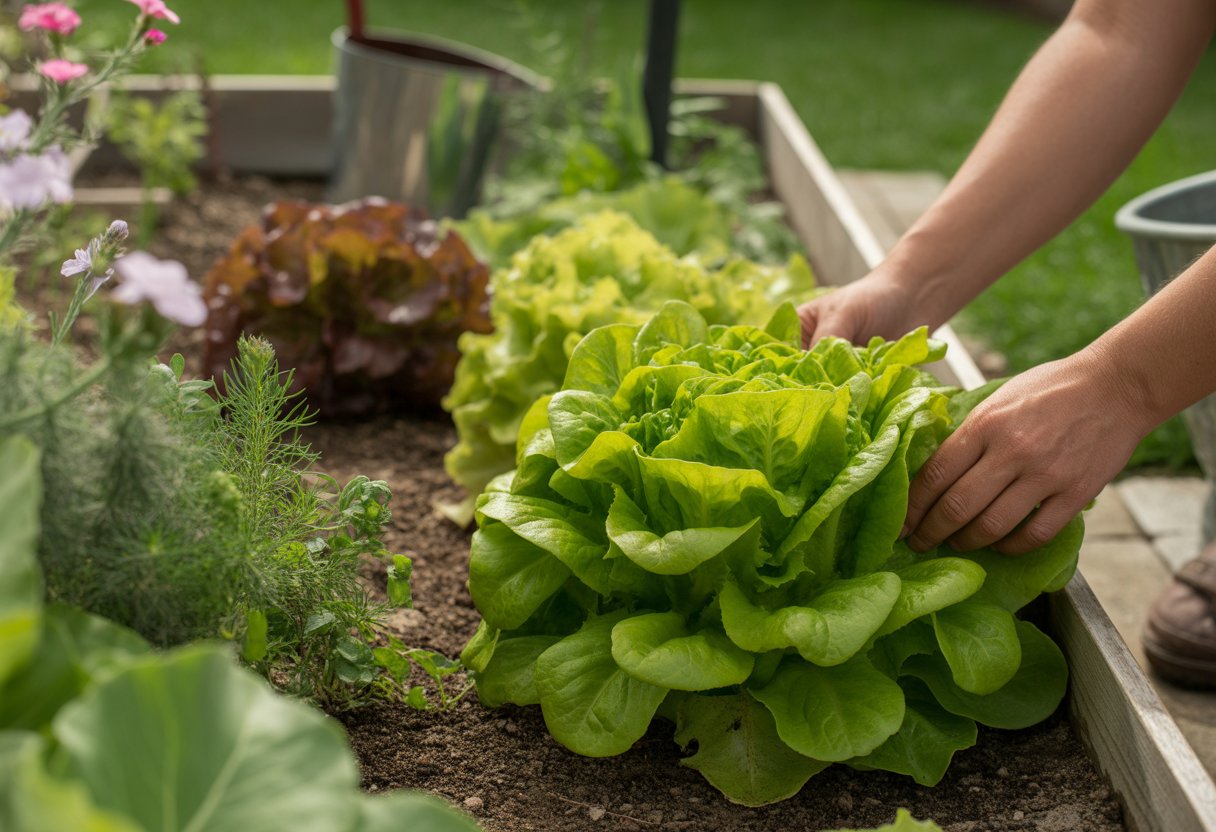
Native lettuce just works better in certain gardens, needing less intervention than non-native kinds. It handles different conditions, helps with pest control, and doesn’t ask for as much water or fertilizer.
Adaptation to Local Growing Conditions
Native lettuce handles local soil types—even sandy or slightly off-pH soils—without much trouble. It can grow in partial shade, which is pretty common in backyard gardens.
Gardeners appreciate how tough it is and how well it grows with fewer amendments. Seeds from native types usually sprout fine in their home climate.
This adaptability means fewer failed crops and makes crop rotation easier to plan.
Pest Management Benefits
Native lettuce tends to shrug off common pests like the silverleaf whitefly. You won’t need to reach for chemical sprays as often, so it’s safer for families and the good bugs you want around.
If you rotate native lettuce with other crops, it can break up pest life cycles. Healthy plants stand up to infestations better, so you lose less lettuce overall.
Gardeners save time and energy by not having to micromanage pest control.
Reduced Resource Inputs
Native lettuce usually needs less watering since it’s used to local rainfall patterns. That’s a big deal in dry years or if you’re trying to save water.
It also does well with minimal fertilizer, since it fits right into the local nutrient cycle. When you pick native lettuce, you cut down on soil amendments and extra work.
All that saves you money and makes your garden more sustainable for the long haul.
Nutritional and Culinary Benefits of Native Lettuce
Native lettuce brings some pretty great nutrition and a lot of options in the kitchen. The leaves come in all kinds of colors and textures, and they’re packed with fiber and nutrients.
Unique Flavors and Leaf Varieties
You get a whole range of flavors from native lettuce—some sweet, some with a bit of bitterness you might actually like. The leaf edges can be smooth or jagged, which changes the bite and the look.
Colors go from deep green to reddish, and that usually means different nutrients. Some varieties bunch up like little cabbages, while others spread out, perfect for tossing in a salad.
Young leaves might taste a bit bitter, but they mellow out as they grow.
Nutrient-Rich Edible Parts
Native lettuce gives you more than just salad greens. Young leaves and flower buds pack in vitamins A and C, plus minerals like calcium and iron.
Native lettuce is high in fiber, which is good for your gut. Sometimes the plant even produces fruit, though honestly, most folks don’t eat it.
These nutrient-rich parts make native lettuce a solid choice for anyone who wants to eat more whole foods.
Versatility in Salads and Dishes
Native lettuce fits into all sorts of recipes. The different leaf sizes and textures work for salads, wraps, or even cooked dishes.
Some varieties bring a hint of bitterness that balances out richer foods, while milder ones mix well with other veggies. The colors and shapes look great on the plate, which never hurts.
It pairs up nicely with nuts, cheese, and vinaigrettes—so you can get creative in the kitchen.
Economic and Ornamental Impact
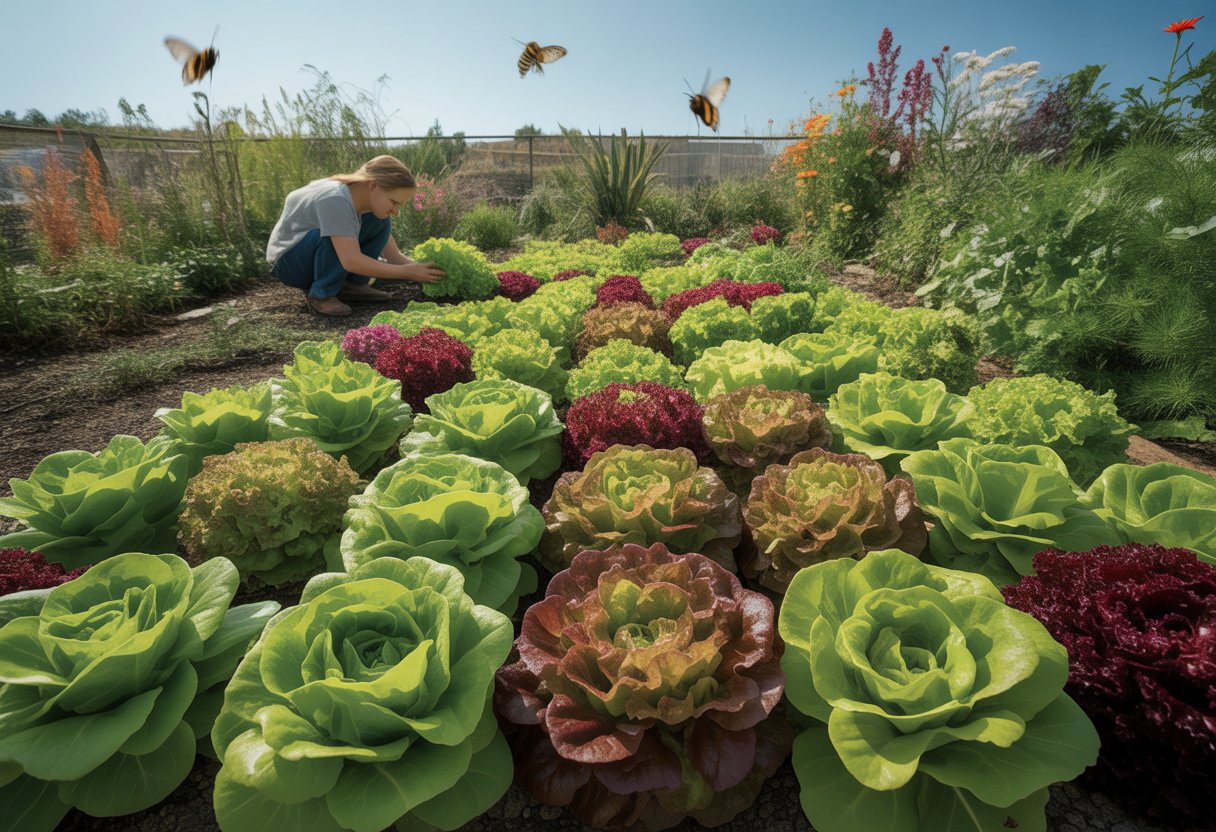
Native lettuce can boost your bottom line and make your garden look fantastic. It helps with sustainable production, and the leaves add real color and texture to any landscape.
Promoting Sustainable Lettuce Production
Farmers using native lettuce spend less on chemicals like fertilizers and pesticides, since these plants already fit the local environment. That cuts costs and helps the planet.
Some native lettuces grow as perennials or biennials, so you don’t have to replant as often. That keeps the soil healthy and steady.
When you use native varieties, you support biodiversity and get more natural pest control. This integrated pest management approach means less reliance on outside inputs.
Increasing Crop Yield and Market Value
Native lettuce usually stands up better to local pests and diseases, so you get more usable leaves and less waste. The quality often matches what niche markets want.
Farmers can charge more for native lettuce, especially in organic or heritage markets. The unique taste and look attract folks who are willing to pay a bit extra.
Since some native lettuces don’t need replanting every year, growers save money in the long run. That combination of steady yields and higher prices makes native lettuce a smart pick for anyone looking to boost profits.
Aesthetic Appeal in Garden Design
Native lettuce brings a mix of leaf shapes, colors, and textures to a garden. That variety really livens up lettuce arrangements.
It’s not just for eating—these plants look great in ornamental gardens and edible landscapes. Their growth habits, whether perennial or biennial, add layers and movement to garden designs.
As the seasons shift, the greenery keeps changing, which keeps things interesting. Plus, native lettuce attracts pollinators and helps out local wildlife.
If you’re aiming for a garden that’s both good-looking and eco-friendly, native lettuce is a pretty solid pick. It’s a small step, but it feels right for anyone who wants a beautiful space that also does some good.

